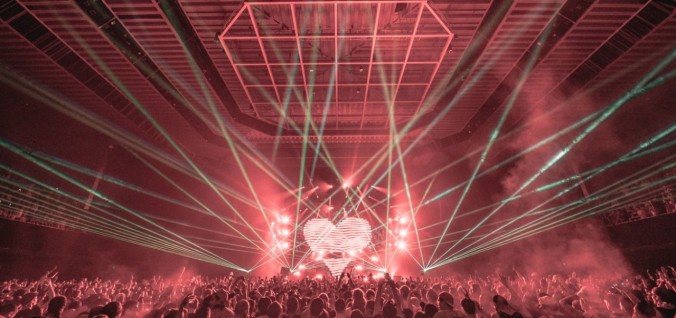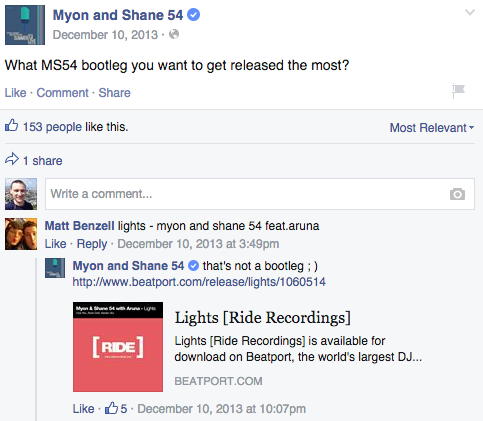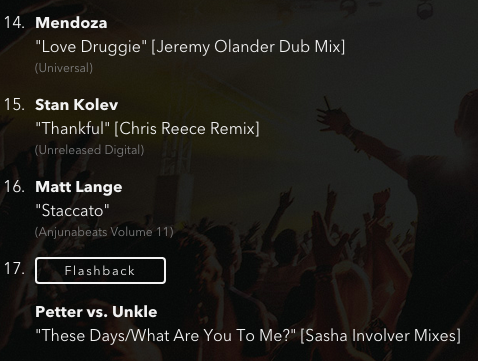Definition
A VIP mix is a special edit or remix of a song made to be played as part of a DJ set. VIP stands for “Very Important Person,” meaning it has been designed for DJs to use, not for fans to listen to at home.* Because of their nature, VIP mixes are usually not officially released for mass distribution online, and copies of these songs therefore may be only available as bootleg recordings. However, some VIP mixes do see official or semi-official releases. For instance, Valentino Khan gave away his VIP mix of “Deep Down Low” on SoundCloud “to celebrate the love [fans] have shown” for the song.
Explanation
VIP mixes are first and foremost a special treat for fans who come out to a live show. Plus, like any remix, they add new life to a song whose original mix may have gone stale.
*Source: Skrillex and Valentino Khan, OWSLA Radio, Episode 3, discussing the VIP mix of “Deep Down Low”. Skrillex: “This is the VIP mix, though. What does VIP mean?” Valentino Kahn: “That means Very Important Person.” Skrillex: “That means only DJs used to only be able to play this record. It’s a little bit different. It’s for the live ****. But he decided to put this out after the video dropped.”


